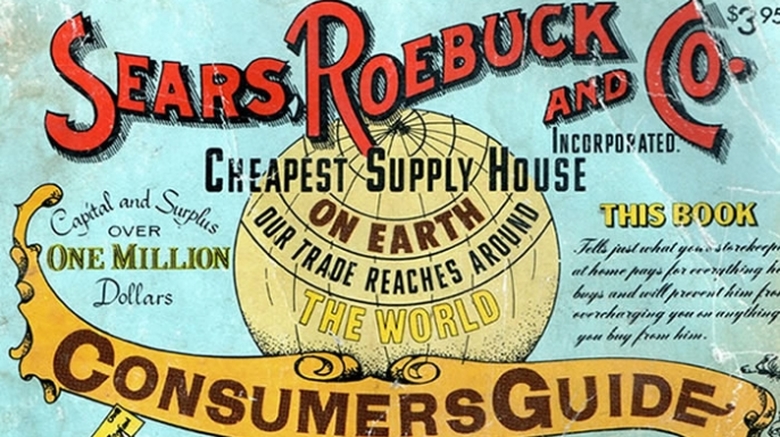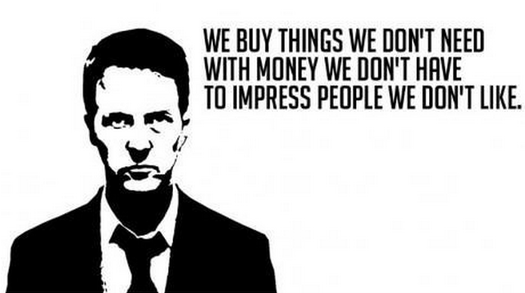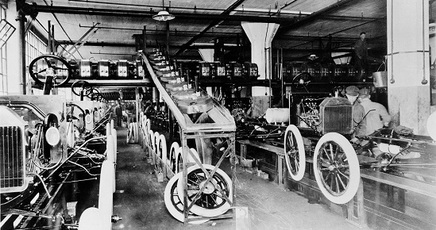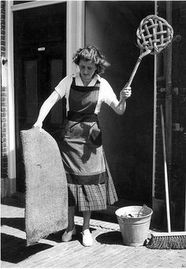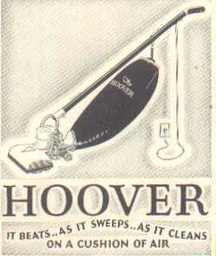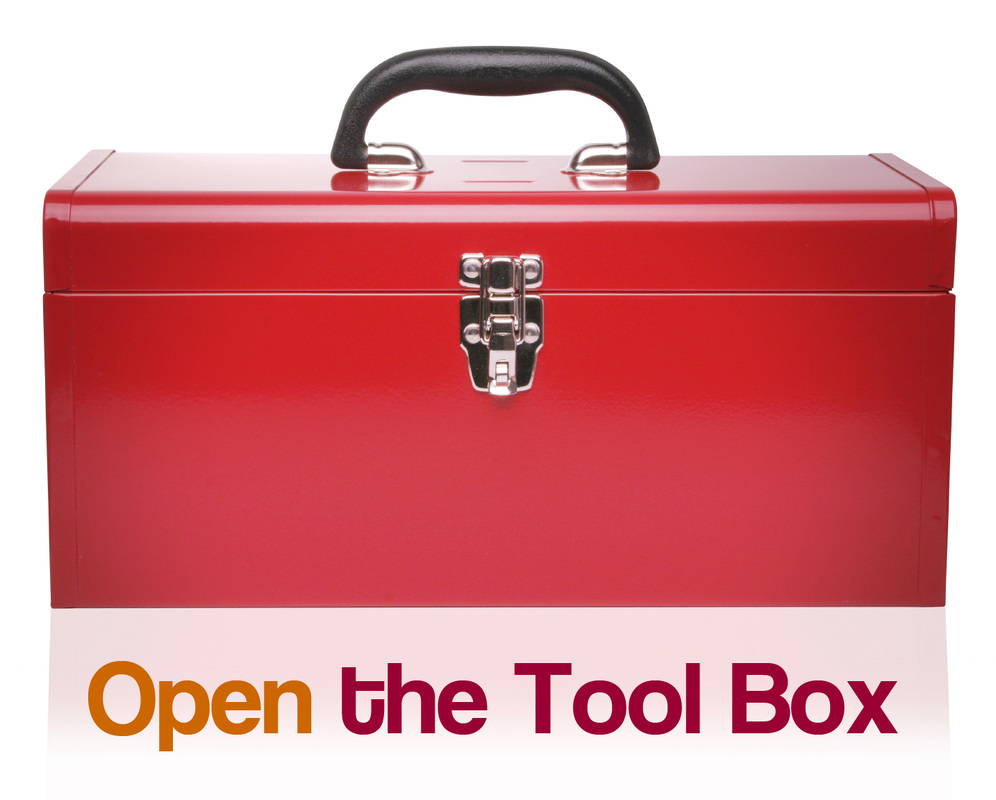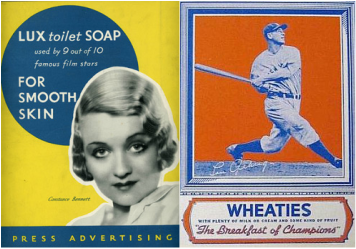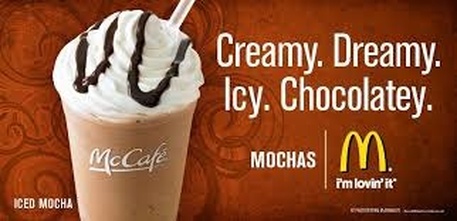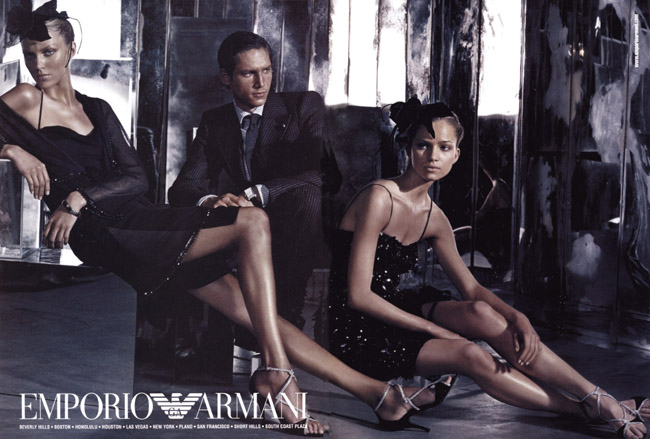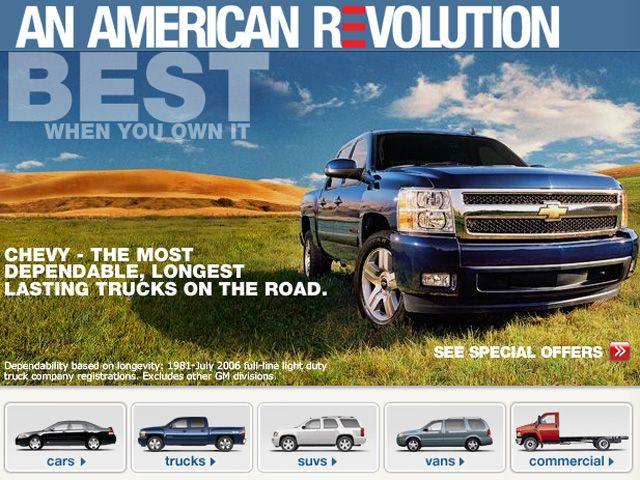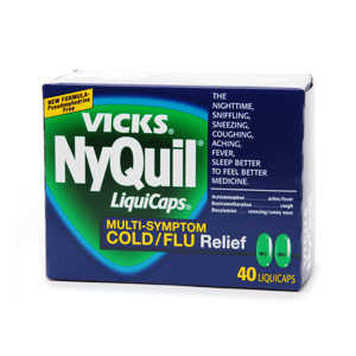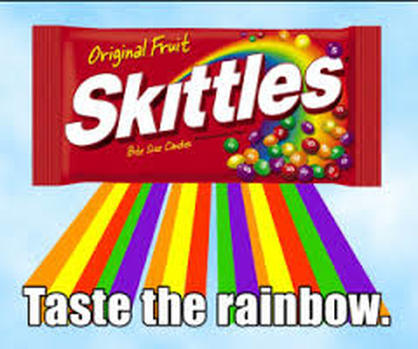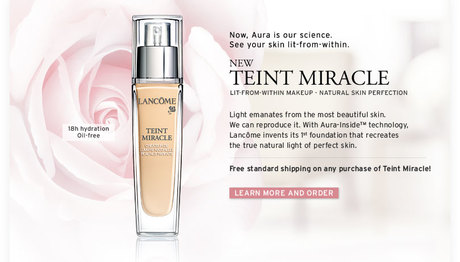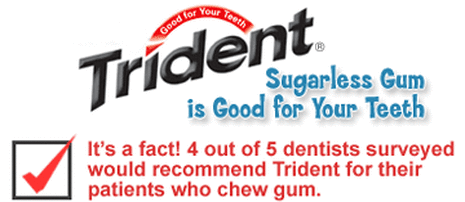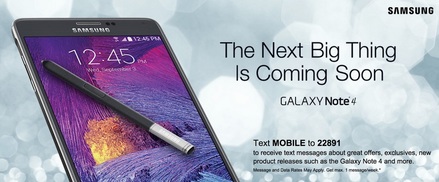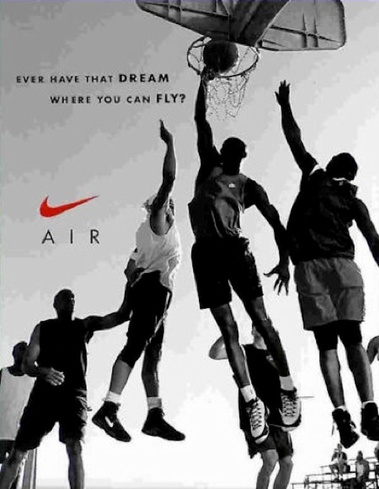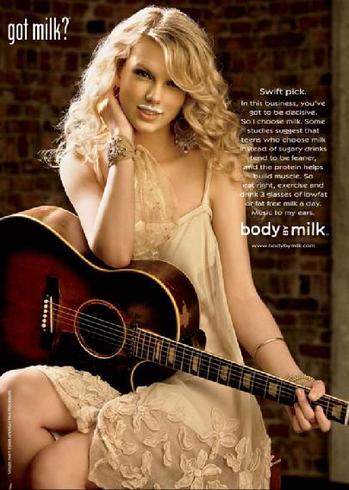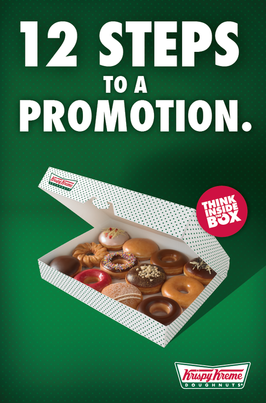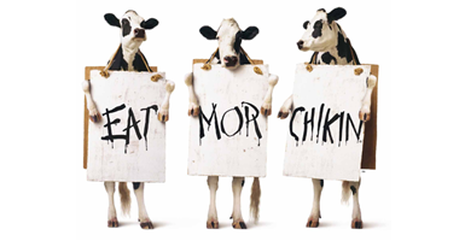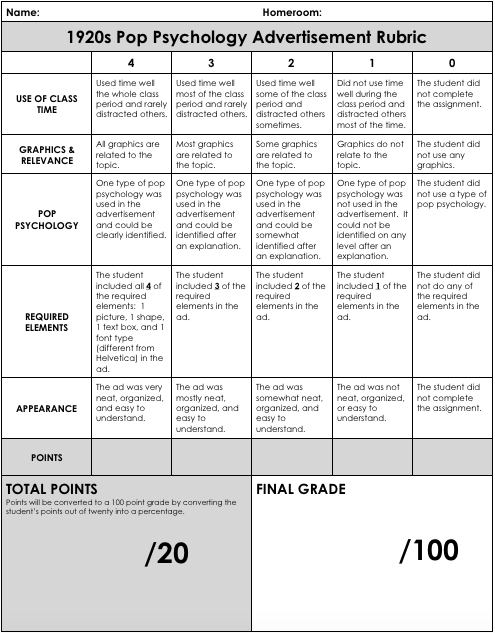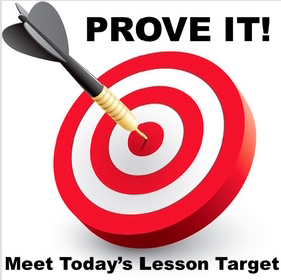Unit 4 Lesson 4
MONEY! MONEY! MONEY!
Consumerism in the 1920s
LESSON TARGET

I can explain the economic boom and consumerism during the 1920s.
READ ABOUT IT!
Direction: The first thing you need to do is read about Consumerism and the Economic Boom of the 1920s. Make sure that you are looking for the way in which the economic boom and consumerism came to be during the reading.
IT'S ALL ABOUT THE MONEY!
Buying on Credit
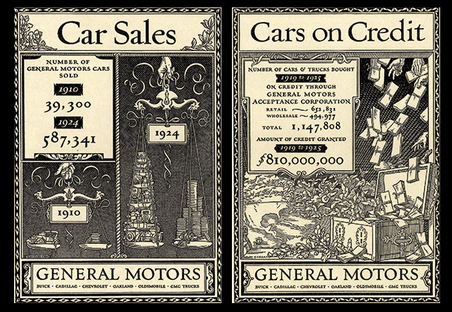 General Motors Ad for Buying a Car on Credit
General Motors Ad for Buying a Car on Credit
“Buy now, Pay Later” became the motto of many middle class Americans of the Roaring Twenties. For most middle class families, all these new conveniences were impossible to afford at once. But retailers wanted to sell their products and customers wanted everything all at once!
Department stores started providing customers with lines of credit for those who could not pay up front but could prove they would be able to pay in the future. Installment plans were offered to buyers who could not afford to pay for the item all at once, but could afford twelve monthly payments over a year.
Department stores started providing customers with lines of credit for those who could not pay up front but could prove they would be able to pay in the future. Installment plans were offered to buyers who could not afford to pay for the item all at once, but could afford twelve monthly payments over a year.
Advertising
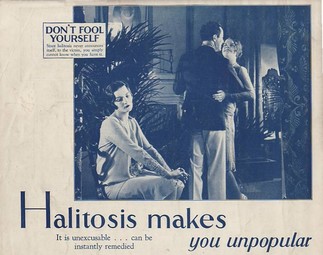 1920s Listerine Ad using the pop psychology idea of “scientific words make us take things more seriously.”
1920s Listerine Ad using the pop psychology idea of “scientific words make us take things more seriously.”
New techniques in advertising fueled customers’ demand for new products. Advertising was not a new business, but as the marketplace became crowded with competitors, manufacturers looked for advertising companies that could make their product look like the best product on the market. One major trend of the decade was to use pop psychology methods to convince Americans that the product was needed. The classic example was the campaign for Listerine. They used a seldom heard term for bad breath called halitosis in their advertising. By doing this, Listerine persuaded thousands of Americans to buy their product. Consumers might not have known what halitosis was, but they surely knew they did not want it.
|
Advertisers were no longer simply responding to demand; they were creating demand. Radio became an important new means of communicating a business message. Testimonials from Hollywood film stars sold products in record numbers. The advertising business created demand for the gadgets and appliances being manufactured by American factories and Americans were swept into the idea of consumerism before they even knew what hit them |
Left: Constance Bennett was a famous actress in the late 1920s and early 1930s. Right: Lou Gehrig of the New York Yankees, was the first to appear on a "Wheaties" cereal box in 1934.
|
EXPLAIN IT!
Directions: The second thing you need to do is show that you understand what you have just read. In your small groups, answer the questions below. We will discuss these as a whole group when you have completed these in your small groups.
1. What is consumerism?
2. How did consumerism begin?
3. What new inventions made life more convenient?
4. What is credit? In what ways did Americans use credit to purchase goods in the 1920s?
5. What is debt? Why did buying on credit put many Americans in debt?
6. How did advertising companies play a part in consumerism?
7. How did consumerism change the way in which Americans used their money?
2. How did consumerism begin?
3. What new inventions made life more convenient?
4. What is credit? In what ways did Americans use credit to purchase goods in the 1920s?
5. What is debt? Why did buying on credit put many Americans in debt?
6. How did advertising companies play a part in consumerism?
7. How did consumerism change the way in which Americans used their money?
ANALYZE IT!
Directions: The third thing you need to do is break down what you have read. In this activity, you will view the different advertisements below with your group. All of these advertisements use a different type of pop psychology in their advertisement. See if you can identify what type each advertisement is using. We will go over these as a whole group after each group has identified them all.
TYPES OF ADVERTISING USING POP PSYCHOLOGY
AVANTE GARDE
Buying this product will make you ahead of your time! You'll be the trend setter.
FACTS AND FIGURES
Research studies, statistics, and percentages are used to prove the product is better than all the others.
WEASEL WORDS
Wording an advertisement so it has a positive meaning without actually making any guarantees.
MAGIC INGREDIENTS
Suggesting that an incredible new discovery makes a product work better in someway than other products of its kind.
PATRIOTISM
Suggesting that purchasing a product shows your love of your country.
DIVERSION
Suggesting that there is a connection between a product and an event or situation and that buying the product will result in the event or situation for the customer too.
TRANSFER
Showing or talking about something positive and attempting to transfer the positive feelings about what you were discussing to the product that you are trying to sell.
PLAIN FOLKS
Suggesting that the product is a practical product of good value for ordinary people.
SNOB APPEAL
Suggesting that the use of the product makes the customer part of an elite group with a luxurious and glamorous life style.
BRIBERY
Offering something extra if the customer purchases the product.
TESTIMONIAL
Using a famous personality to sell the product.
WIT AND HUMOR
Entertaining or making a customer laugh using clever visuals.
SIMPLE SOLUTIONS
Offering multiple uses or advantages for using a product.
CARD STACKING
Stressing the positive qualities of a product and ignoring the negative qualities.
GLITTERING GENERALITIES
Using appealing words and images to sell a product. Indirectly saying that the product will change your life if you use it.
BANDWAGON
Suggesting that if you use a product you will be a part of the popular crowd or be on the winning side.
Buying this product will make you ahead of your time! You'll be the trend setter.
FACTS AND FIGURES
Research studies, statistics, and percentages are used to prove the product is better than all the others.
WEASEL WORDS
Wording an advertisement so it has a positive meaning without actually making any guarantees.
MAGIC INGREDIENTS
Suggesting that an incredible new discovery makes a product work better in someway than other products of its kind.
PATRIOTISM
Suggesting that purchasing a product shows your love of your country.
DIVERSION
Suggesting that there is a connection between a product and an event or situation and that buying the product will result in the event or situation for the customer too.
TRANSFER
Showing or talking about something positive and attempting to transfer the positive feelings about what you were discussing to the product that you are trying to sell.
PLAIN FOLKS
Suggesting that the product is a practical product of good value for ordinary people.
SNOB APPEAL
Suggesting that the use of the product makes the customer part of an elite group with a luxurious and glamorous life style.
BRIBERY
Offering something extra if the customer purchases the product.
TESTIMONIAL
Using a famous personality to sell the product.
WIT AND HUMOR
Entertaining or making a customer laugh using clever visuals.
SIMPLE SOLUTIONS
Offering multiple uses or advantages for using a product.
CARD STACKING
Stressing the positive qualities of a product and ignoring the negative qualities.
GLITTERING GENERALITIES
Using appealing words and images to sell a product. Indirectly saying that the product will change your life if you use it.
BANDWAGON
Suggesting that if you use a product you will be a part of the popular crowd or be on the winning side.
ADVERTISEMENTS
# 15
What strategy does this ad use?
What strategy does this ad use?
CREATE IT!
Directions: The fourth thing you need to do is create something with what you learned. In this activity, you will create an advertisement for your favorite product using one of the different types of pop psychology. You will create this by opening a MacBook Pages Document on your Macbook Airs. You may use google images, create shapes, use the drawing feature, etc... to create your advertisement. Be creative! Just remember that the advertisement must use a type of pop psychology. When you have finished, you will save your advertisement to your name and airdrop it to me. See the following rubric so that you can make a 100/A+ on this assignment!
PROVE IT!
Directions: The last thing you need to do is to prove that you have met the lesson target. Click on the lesson target icon below to complete the Prove It Activity.
